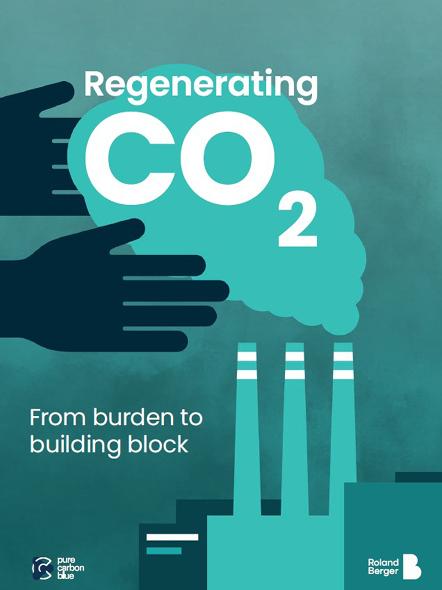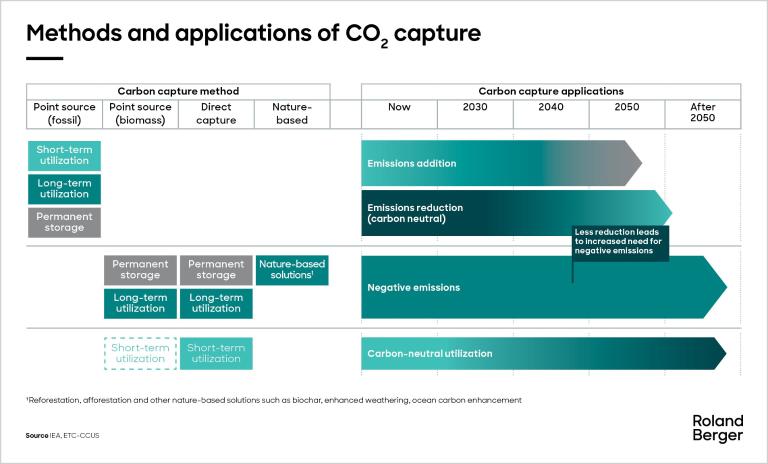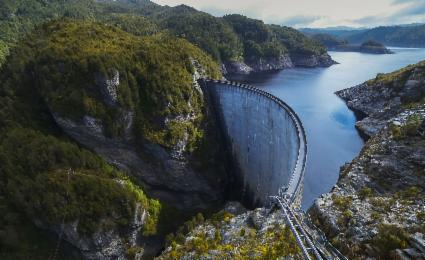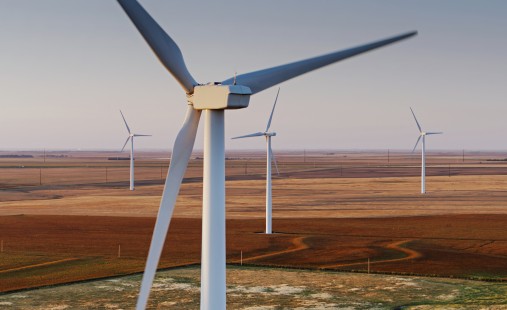Although companies are beginning to show some initiative on sustainability and climate action, pressure from various sides is intensifying. Learn how continued inaction will put a company's competitive position and profits at risk – and why the time to act is now.


Regenerating CO2 - From burden to building block
By Bram Albers
Need for negative emissions
Achieving net-zero emissions is crucial to mitigating climate change and limiting global warming, as it balances the release of greenhouse gases with their removal, ultimately preventing further environmental degradation. But projections indicate that we will likely overshoot our carbon budget. To reach our climate goals, net zero is not enough. That is why we must achieve negative emissions – removing more CO2 than we emit. System-wide carbon capture and storage must be put on the agenda. With this white paper, we hope to inspire dialogue among business leaders, researchers and policymakers about the role of CO2 capture in achieving a net-zero system.

"We will likely overshoot our carbon budget, and will need to achieve negative emissions. Most captured carbon should be stored, but there is also potential for its use in novel applications like concrete curing."
There are four main ways to capture carbon
1. Capture at the fossil emissions source: Capturing CO2 emissions from the exhaust gases of industrial processes or power plants
2. BECCS: Combining the use of biomass for energy production with carbon capture and storage
3. Direct capture from air and water: Removing CO2 directly from the atmosphere or bodies of water
4. Nature-based solutions: Boosting afforestation and reforestation efforts, and other natural processes, to capture and store carbon in ecosystems
Captured carbon can either be utilized or stored
Short-term utilization: Using captured CO2 as a feedstock in existing applications such as those in the fertilizer, food & beverage or metals industries
Short-term storage: Storing CO2 from the atmosphere in the biomass of plants and trees
Long-term utilization: Converting captured CO2 into products that are so stable and long-lasting that they effectively store it permanently. Enhanced oil recovery is an example
Long-term storage: Storing captured CO2 such that it remains there for several thousands of years
These solutions can lead to emissions reductions, carbon-neutral utilization, or negative emissions
- Carbon captured from a fossil point source and permanently stored leads to emissions reductions. However, long-term utilization of this fossil carbon is not sustainable
- Carbon captured from biogenic sources, directly, or using NBS leads to neutral emissions if utilized and negative emissions if stored
The negative emissions we need can only come from BECCS, direct capture, or nature-based solutions. However, BECCS and nature-based solutions may not be enough. We must amp up our efforts in direct capture, because there is a major gap between government pledges and what we need: up to 8.9 Gt/year. To bridge this gap, companies should consider direct capture technology in their strategies.
Companies, big and small, can play a key role
The main driver in the direct capture market today is the market for voluntary CO2 removal, or CDR. This voluntary market is far from enough to bring direct capture technology to the required technology levels, so companies need to take action:
- Invest in research and development
- Launch pilot projects and tests
- Engage in regulatory policymaking
- Scale and commercialize technologies
Government must also help bridge the gap
There are currently no government targets, regulatory frameworks, or support mechanisms for reaching negative emissions. This is because of the risk that such incentives would undercut efforts to reduce emissions. But it is clear we need negative emissions to achieve the 1.5 °C or even 2.0 °C limits. It is time for negative emissions to be put on the agenda.
Governments can help bridge the gap through two key mechanisms:
- Impose mandatory quotas for the use of direct-captured CO2 in final products
- Integrate negative emissions into regulations and climate targets
Register now to gain access to the comprehensive study on Regenerating CO2 – From burden to building block” to get to know the role of CO2 in achieving a net-zero system.

_person_144.png)





_person_320.png)

